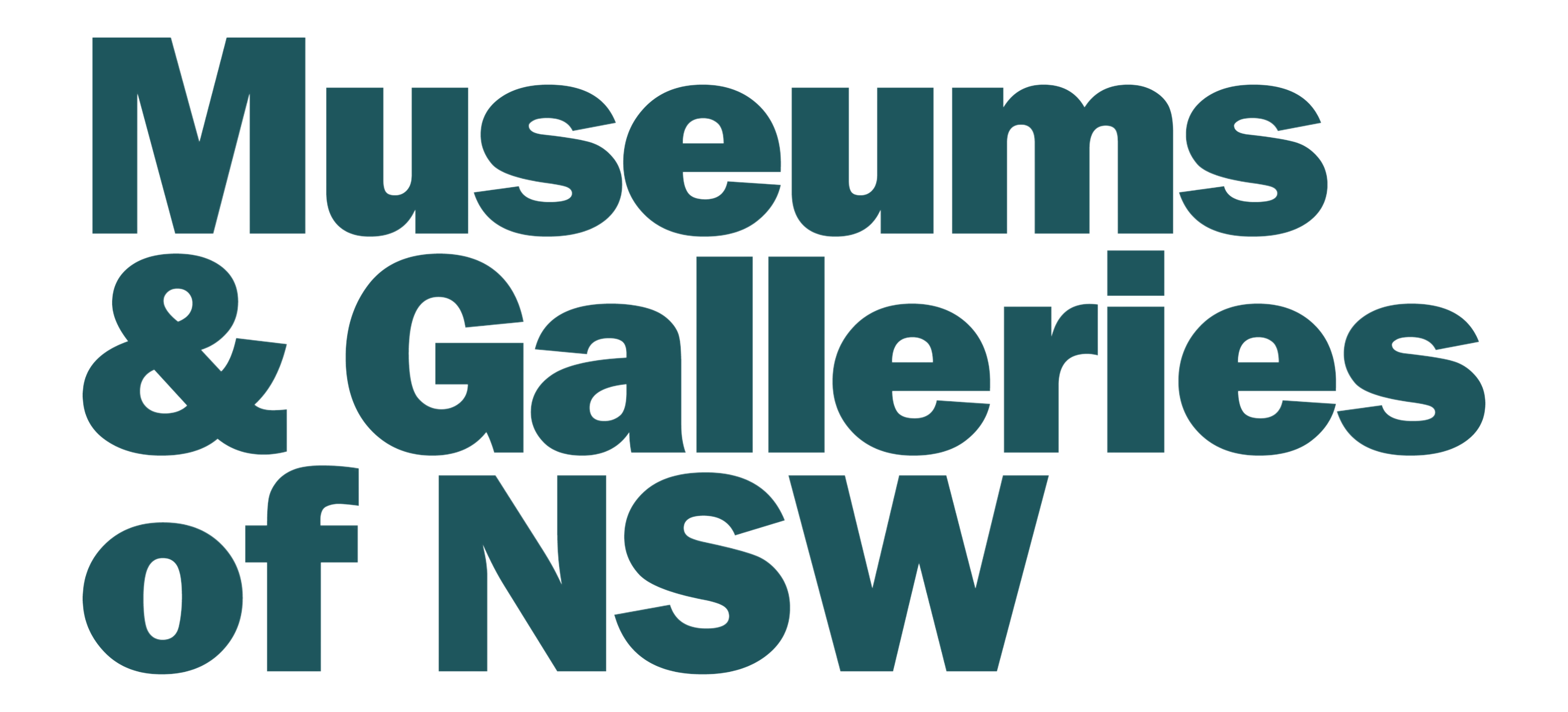Meet Hanna Kim Hong, one of our roving reporters. Mother of a young family and legal advocate with the Arts Law Centre, Hanna still gets time to check out what’s on in galleries and museums about town. Read what she’s got to say.
I recently had the privilege to walk through Dear Sylvia with the Australian Centre for Photography’s curator, Claire Monneraye, and exhibiting Dutch artist Marlous van der Sloot.
Nine photomedia artists feature in Dear Sylvia whose work make intuitive connections with themes in Sylvia Plath’s literature – body, self, nature, social norms, objectification and death – using the female body as their subject.
Van der Sloot, whose work Heliante is a frontpiece in Dear Sylvia, says her work is inspired by the idea that in our modern world we are separated from the primitive desire for touch. She says that “as a result, our sense of touch is shrinking creating tension between our sensual cravings and our intellects. We need food to stay alive but we also need to be touched … I want my work to challenge people to feel again.”
To capture this sense of touch, van der Sloot’s images are printed on matte paper. “The printing process is always a big commitment for a photographer because the choice of the paper stock, the size and printing technique, directly influence the perception and understanding of the work”, Monneraye explains.
And you can see this in van der Sloot’s work – the matte paper does not reflect light but absorbs it, and offers a low sheen, velvety, softness to the work which complements the image and invites focus on the texture.
The same impact is achieved by Polly Penrose in A Body of Work. This image is also printed on matte paper, teamed with a targeted spotlight to highlight the contrasts and expose minute details like the stretch marks on the model’s breast.
A favourite of mine is Cassie from the series Cosmetic Surgery by Alma Haser. In this work traditional photographic portraiture is challenged with the introduction of a 3D origami structure. The beautiful and playful image is painterly, a quality created by meticulous studio lighting and careful composition, elements amplified once again by the choice of paper on which the image is printed.
For an Instagram devotee like myself, 'Dear Sylvia' was crucially refreshing.
Many of the works in the show are engaging because of their ambiguity. Van der Sloot’s works in particular are enigmatic – tongue on a popsicle stick; model’s face half-buried in unexplained materials, woman with her grotesque nipples. Looking at these images provokes immediate reaction, and the work has the power to unsettle viewers and provoke questions.
For an Instagram devotee like myself, Dear Sylvia was crucially refreshing and left me grappling with the strengths and contradictions depicted in the series of images, something you can’t achieve by scrolling through the image feed on your preferred electronic device.
Dear Sylvia is a show with much more to offer than meets the eye – beautifully curated – the exhibition is a must see for all Plath devotees, photography addicts and those interested to see how women represent their own bodies.
Dear Sylvia: 31 January – 22 March 2015 at Australian Centre for Photography, Paddington.
It features the work of Alma Haser (UK), Dina Litovsky (USA), Polly Penrose (UK), Dana Popa (UK), Julie Rrap (AUS), Michelle Sank (UK), Flore-Aël Surun (FR), Jessica Tremp (AUS), Marlous van der Sloot (NL).
More about Dear Sylvia: acp.org.au/dearsylvia







